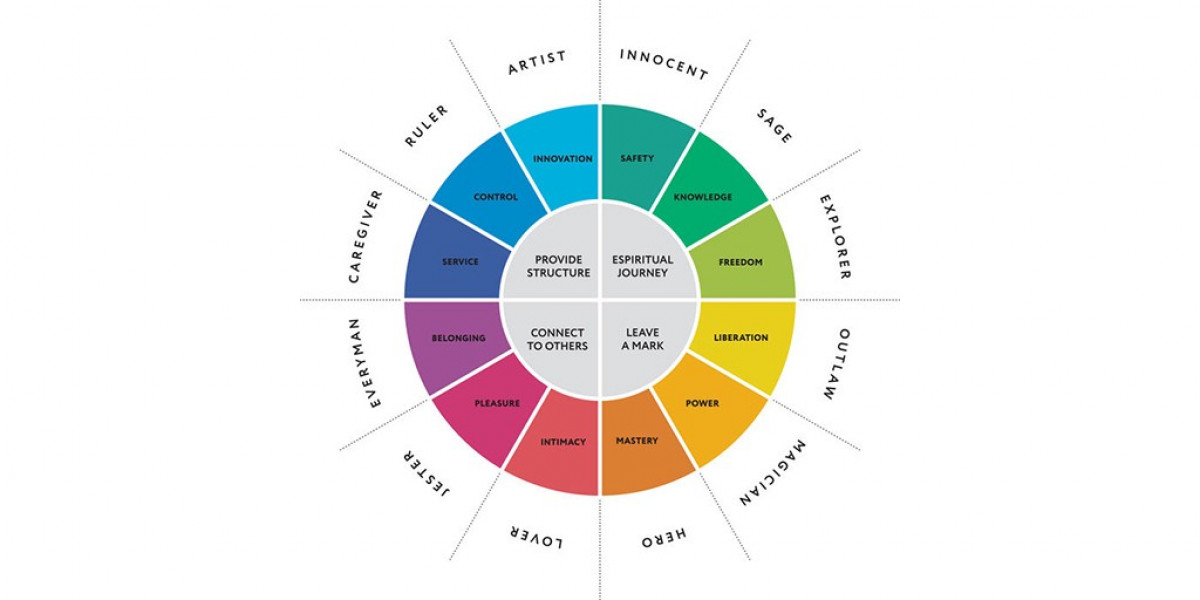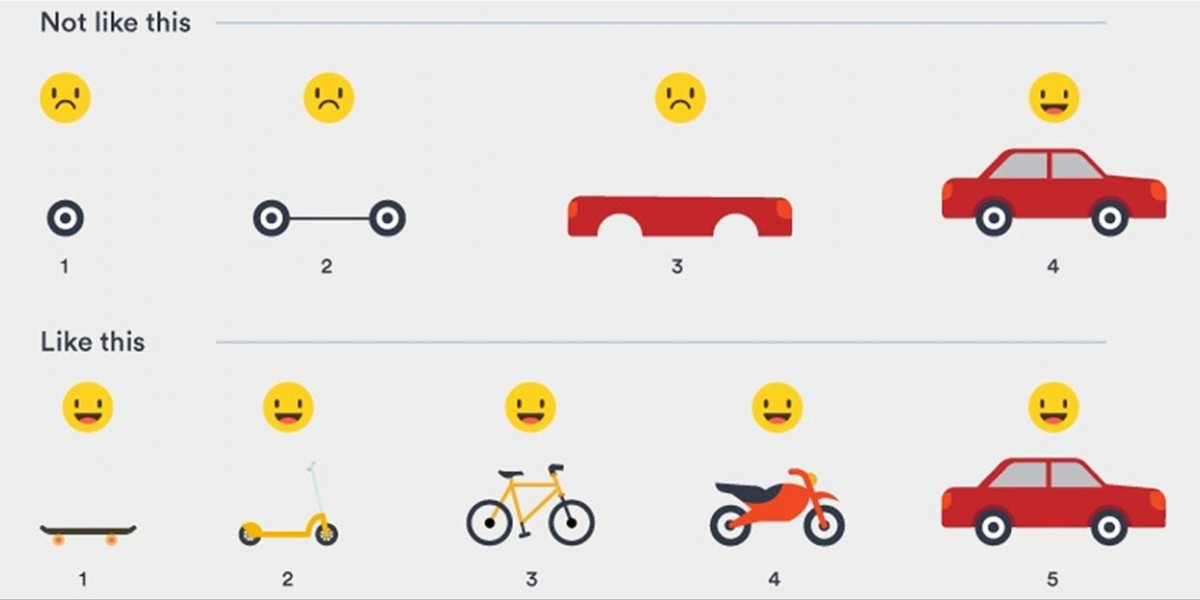Archetypes in Marketing

Psychology of choice is hugely impacted by smart marketers of today, and use of archetypes is one of the most vivid and effective strategies for the given purpose as far as they contain so much crucial information and emotions that it is hard to resist them in the long run. The given article starts a range of articles on how archetypes are used in marketing and determine choices of the target audience.
Basically, archetypes influence people via communication – which is a metaphor, of course. Archetypes imply inherited ideas, patterns or modes of thought, derived from the experience of the race. This concept is a leading one in the psychology of Carl Gustav Jung. It is located in the unconscious of the individual and stems from the collective unconscious – hence, it is comprehensive on deep levels to every human being since it transmits a well-known, general experience and attributes. In general, archetypes are symbols of the latter, and Jung envisioned the unconscious being populated by them along with instincts – as basic elements of human mentality. Having said that, it becomes evident that constructive use of archetypes has significant potential for marketing purposes, where experts need to deliver ideas and messages to their target audience in a creative and pro-active manner so as to achieve results.
Nowadays archetypes are decoded as a core, heartbeat, essence of a brand. To put it straight, archetypes tell a story of values, priorities and vision the target audience can relate to and, in such a way, start building relationships. I perceive archetypes as a special kind of storytelling that reaches back to ancient myths and legends and, at the same time, expands far more than the near future.
Evidently, archetypes vary – both in their essence and meaning, and in their titles and stories behind them. To be more precise, while Jung identified several basic archetypes, contemporary culture and reality shaped new ones, and every year, every crucial event result in a brand new, authentic archetype. Hence, it is possible to regard archetypes not only as a heartbeat of a brand, but also as a collective map of socio-cultural development of our global community. Furthermore, archetypes may differ according to the race, country, and religion.
Archetypes will be discussed in details in the next article, and examples of brand that employ them in their branding strategies will help you understand them better. Stay tuned for more =)

 Fast, cheap, or good
Fast, cheap, or good
 First releases don’t need to be perfect.
First releases don’t need to be perfect.
 A seamless experience = repeat sales.
A seamless experience = repeat sales.